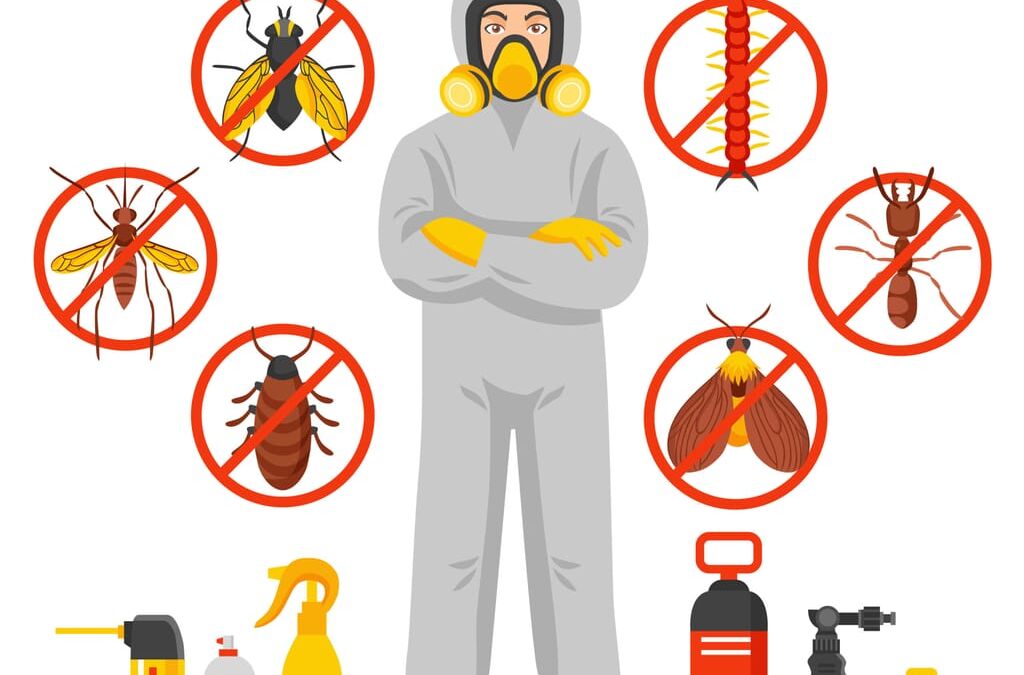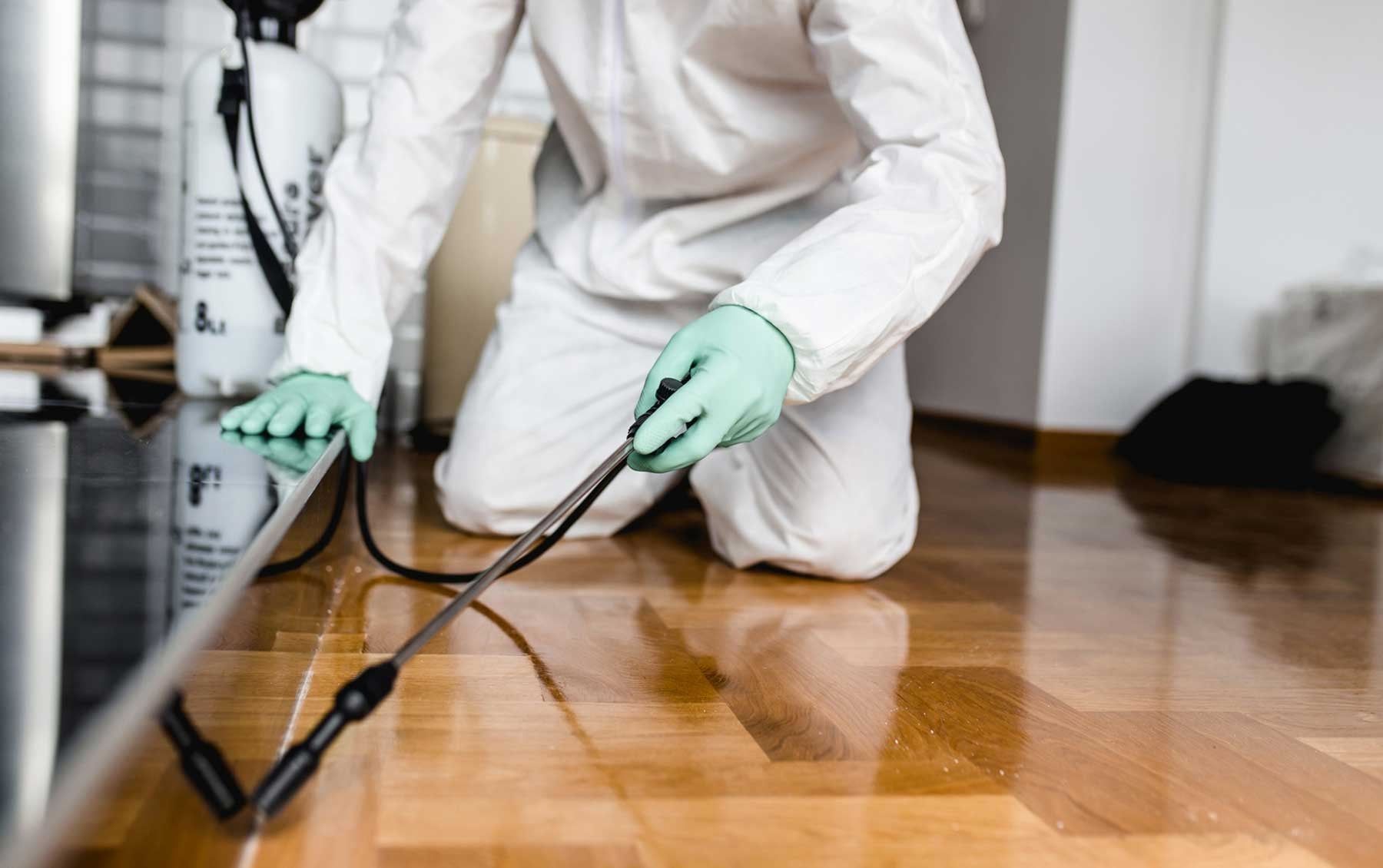Safe and Dependable Bug Control for Lasting Defense
Efficient pest administration calls for a complex approach that stabilizes ecological honesty with the need for efficient bug suppression. The nuances of these techniques might not be promptly clear, prompting a closer exam of the practices that can lead to sustainable parasite control end results.
Comprehending Parasite Control Approaches
Bug control includes a variety of approaches focused on handling and eradicating unwanted insects and rats that can intimidate both health and residential property. Recognizing these techniques is essential for reliable insect management.
The key groups of pest control methods consist of mechanical, biological, and chemical strategies. Mechanical techniques include physical barriers and traps to stop parasite entrance and capture undesirable types. For example, making use of screens on windows or utilizing sticky traps can dramatically decrease insect populaces without presenting unsafe compounds.

Chemical pest control is commonly one of the most recognized approach, using pesticides to remove pests. These chemicals can be effective but should be utilized with caution to stay clear of adverse results on non-target types and the environment.
Benefits of Eco-Friendly Solutions
Just how can environment-friendly remedies transform insect control methods? The adoption of environment-friendly pest control methods provides countless benefits, substantially enhancing the performance and security of parasite management.

An additional advantage is the positive influence on regional biodiversity. Environment-friendly options are made to target specific pests while maintaining useful pests and wildlife, advertising a balanced environment. This approach aligns with the growing customer demand for sustainable methods, boosting the track record of parasite control companies.
Integrated Pest Monitoring Techniques
The execution of eco-friendly solutions naturally causes the adoption of Integrated Bug Management (IPM) approaches, which better improve insect control efficiency. IPM is an all natural strategy that integrates numerous methods to manage pest populaces while lessening environmental impact. This method highlights the use of biological, cultural, mechanical, and chemical controls, making certain a well balanced and sustainable method of bug management.
One basic element of IPM is the complete assessment of insect activity and environmental conditions. By keeping track of parasite populaces and determining their life cycles, experts can apply targeted treatments that interfere with the insect's habitat or lifecycle, reducing reliance on chemical pesticides. Furthermore, social techniques such as crop turning and habitat manipulation can considerably diminish parasite establishment and reproduction.
One more critical part is using biological control agents, such as useful pests or microorganisms, which can normally suppress parasite populaces. When chemical applications are needed, IPM prioritizes using low-risk pesticides and applies them uniquely, lessening direct exposure to non-target organisms and you could try these out people.
Integrating IPM approaches not just improves pest control efficiency however likewise advertises a more secure ecosystem, straightening with the expanding need for sustainable techniques in bug monitoring.
Safe Practices for Home Owners
Understanding the relevance of secure techniques in bug control can encourage house owners to properly take care of insect problems while protecting their health and wellness and the setting. Applying preventative measures and safe approaches is essential in minimizing exposure to damaging chemicals.
Homeowners must initially analyze their setting for conditions that bring in insects, such as standing mess, food, and water waste. Frequently cleaning and sealing entry factors can hinder bugs from invading the home. Making use of natural deterrents, such as essential oils or diatomaceous planet, can provide effective options to chemical pesticides.
When chemical treatments are required, property owners must decide for items that are particularly classified as safe for property use. It is necessary to comply with application guidelines carefully to stay clear of overexposure. Using targeted therapies in areas where insects are recognized, rather than blanket spraying, can dramatically minimize chemical usage.
Lastly, preserving open interaction with bug control specialists is vital. Property owners must make inquiries regarding the safety of products used and demand green alternatives whenever possible. By adopting these secure practices, property owners can create a healthier living atmosphere while efficiently handling insect concerns.

Tips for Long-Term Security
Establishing a bug management method that stresses long-term defense can greatly improve the efficiency of the secure methods formerly gone over. To achieve this, homeowners must implement normal assessments of their building, concentrating on concealed locations such as attics, cellars, and crawl areas. Early discovery of bug activity is important in avoiding infestations termite experts from taking hold.
These techniques reduce attractants that draw bugs into the home. Sealing entrance points, such as fractures around doors and windows, can successfully block possible pest gain access to.
Landscaping must additionally be thought about; maintaining plants cut and keeping a distance between plants navigate to this website and the home minimizes concealing areas for pests. Using natural deterrents, such as necessary oils or diatomaceous planet, can additionally inhibit invasions without turning to extreme chemicals.
Lastly, working together with an expert pest control solution for regular evaluations can offer an added layer of safety and security. These specialists can supply tailored suggestions and progressed treatments, ensuring that your home continues to be secured versus pests in the long term.
Conclusion
Finally, safe and trusted bug control calls for a complex technique that highlights eco-friendly approaches and integrated insect administration. By applying natural deterrents, conducting regular evaluations, and keeping appropriate cleanliness, property proprietors can dramatically lower pest populations while shielding beneficial insects and the environment. Collaboration with expert pest control solutions boosts the effectiveness of these approaches, guaranteeing tailored services that provide enduring security and comfort against future infestations.
Efficient bug monitoring needs a complex method that stabilizes environmental integrity with the demand for efficient pest suppression. The adoption of environment-friendly insect control techniques supplies countless advantages, dramatically boosting the performance and safety and security of parasite monitoring.The execution of green remedies normally leads to the adoption of Integrated Parasite Monitoring (IPM) methods, which better boost parasite control efficacy. exterminator coquitlam. By monitoring bug populaces and identifying their life cycles, professionals can execute targeted treatments that interrupt the pest's habitat or lifecycle, lowering reliance on chemical pesticides.In conclusion, trustworthy and safe insect control needs a multifaceted approach that emphasizes eco-friendly methods and incorporated parasite administration